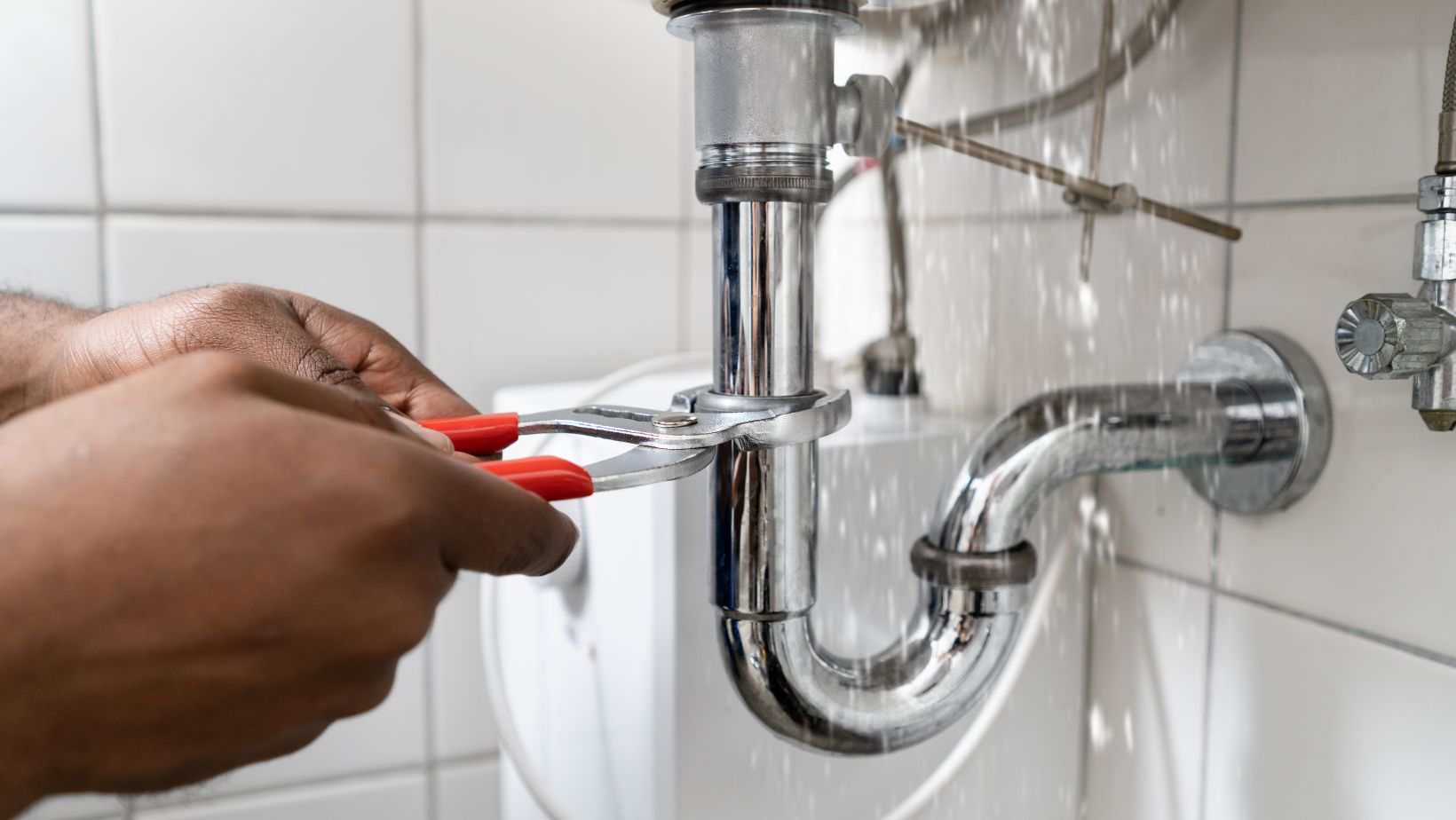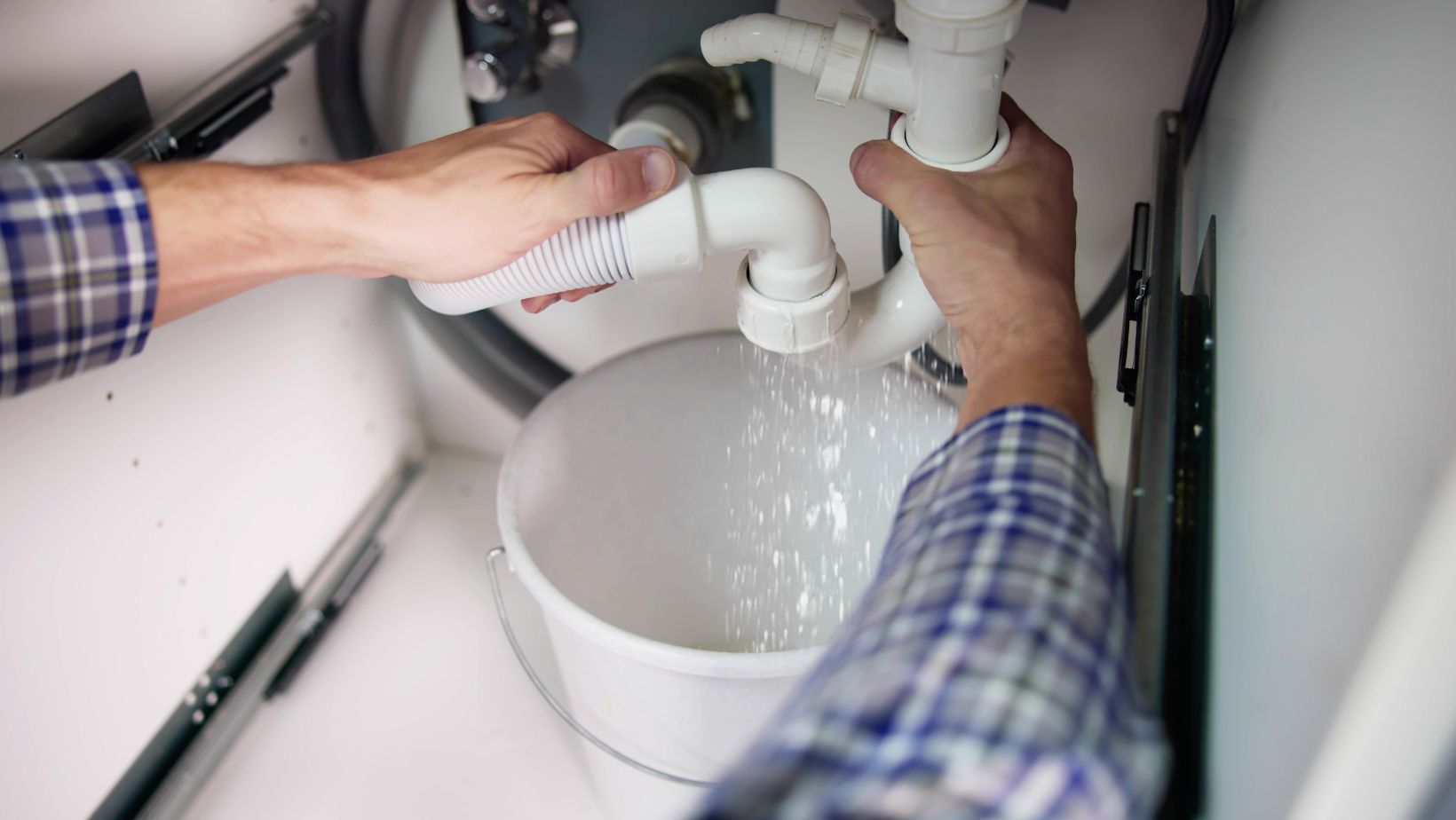
At first glance, a toilet leak might seem like a minor annoyance—perhaps a faint hissing sound or a slight trickle near the base. However, beneath the surface, a much bigger issue may be quietly unfolding. These hidden leaks can lead to water damage, structural decay, increased utility bills, and even potential health concerns. You can learning the steps for fixing a leaking toilet bowl base, and if the root cause isn’t addressed thoroughly, the leak could return or worsen over time.
Addressing a leak early not only prevents further damage but also keeps long-term expenses under control. Unfortunately, many homeowners delay repairs, assuming the issue is too small to matter. That hesitation can prove costly.
What Causes Hidden Toilet Leaks?
Toilet leaks often begin where they’re hardest to notice. They don’t always manifest as a dramatic puddle on the bathroom floor. Instead, they might emerge slowly and consistently through worn wax rings, cracked tanks, corroded bolts, or deteriorated seals beneath the base.
Some of the most common causes include:
- Loose tank bolts that allow water to seep between the tank and bowl.
- A compromised wax ring that fails to create a watertight seal at the toilet’s base.
- Cracks in the porcelain, especially near the tank or base, which can slowly release moisture into the floor.
- Faulty water supply connections that leak behind or underneath the toilet without being immediately visible.
Each of these problems can go unnoticed for days or even weeks—especially if they only leak during flushing.
Damage You Can’t See—Until It’s Too Late
The effects of a hidden toilet leak extend beyond a wet floor. Once water begins seeping into flooring, drywall, or subfloor materials, the deterioration accelerates quickly. What seems harmless today could become a renovation project tomorrow.
Here’s how the damage often plays out:
- Warped or rotten flooring: Hardwood or laminate can swell, shift, and eventually decay from prolonged moisture exposure.
- Mold and mildew growth: Damp, dark environments are ideal for mold. If water reaches beneath the tile or behind baseboards, spores can flourish undetected.
- Weakened subfloors and framing: If left untreated, water can compromise the integrity of wooden supports under your bathroom. Repairs at this level may require demolition.
- Water staining and ceiling damage (in multi-story homes): A leak from an upper-level bathroom can drip through to rooms below, creating stains and additional repair needs.
Your Water Bill Might Tell the Story
If your monthly water bill starts creeping up without an obvious explanation, a toilet leak may be to blame. Even a small leak can waste hundreds of gallons of water every month. In many cases, leaks cause continuous water flow from the tank to the bowl, or worse—from the supply line to your floor.
Consider this: A toilet that leaks one gallon per hour adds up to 24 gallons per day—over 700 gallons per month. That’s money literally going down the drain.
Why Quick Fixes Don’t Always Work
DIY approaches to toilet leaks are common, especially with the number of online tutorials promising fast, inexpensive results. While it’s tempting to try a temporary sealant or tighten a bolt, these fixes often don’t last long.
Temporary solutions may:
- Mask the symptoms while the leak continues beneath the surface.
- Apply pressure that cracks porcelain or warps the toilet’s position.
- Fail to address mold or water already trapped under flooring.
Instead of risking a worsening situation, it’s often safer and smarter to consult a professional plumber who can identify the real issue and provide a long-term solution.
Prevention Is Cheaper Than Repair
Routine inspections and prompt action at the first sign of a leak can save thousands of dollars. Knowing the condition of your toilet’s internal components—like the flapper, fill valve, and wax ring—helps prevent future issues.
Here’s how you can stay ahead:
- Inspect around the toilet base for discoloration, softness in flooring, or a musty smell.
- Listen for continuous running water or faint hissing sounds even when the toilet isn’t in use.
- Check for loose movement if the toilet shifts slightly when you sit—this may signal a compromised seal.
- Watch for signs of mold on caulk lines, grout, or walls behind the toilet.
When to Call the Experts
Fixing a toilet leak isn’t always a simple DIY project. If you’re uncertain about the cause—or if you’ve already tried patching the problem—calling in a licensed plumber can prevent further headaches. With certified professionals like those at Ben’s Plumbing, you know you’re getting work that meets all safety standards and building codes.
Avoiding professional help might seem like a way to cut costs, but in reality, it often leads to more expensive repairs. A small leak today could mean mold remediation and flooring replacement tomorrow.
Toilet leaks rarely fix themselves. What starts as a barely noticeable drip can quietly erode your home’s structure, your health, and your wallet. Paying attention to early signs—and taking meaningful action—protects your space and your peace of mind.
If you suspect a hidden leak or simply want a second opinion, don’t wait. Let the professionals handle it right the first time. Your future self will thank you.













